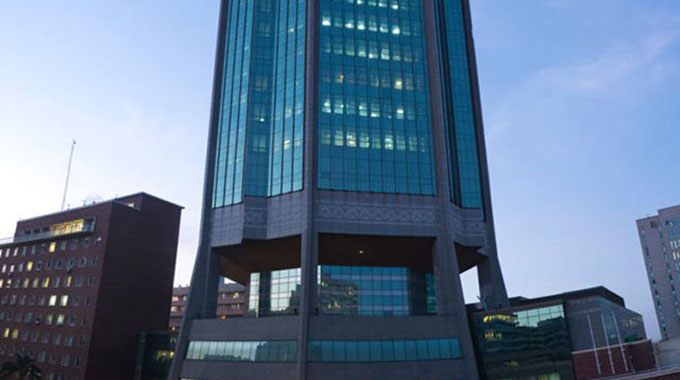Money supply growth slows

Golden Sibanda Senior Business Reporter
Zimbabwe’s annual broad money supply (various forms of money) increased by just 1,18 percent in August to give a 38 percent rise for the year to August 2018 compared to 47 percent annual growth recorded in July, the Reserve Bank of Zimbabwe (RBZ) says.
The broad money supply – such as banknotes and coins; shorter bank deposits, bank deposits redeemable at three months’ notice, money-market fund shares and debt securities maturing in two years – was driven by demand deposits and currency in circulation.
Month-on-month broad money increased by 1,18 percent from $9,682 billion in July 2018 to $9,796 billion in August 2018, the RBZ said.
Prices rise when the supply of money grows too quickly – faster than productivity – because a situation arises where relatively more money chases relatively fewer goods.
The central bank said in its monthly economic update for August 2018 that in nominal terms, broad money supply surged to $9,797 billion compared to $7,708 billion in the 12 months period to August 2017.
“The growth in money supply reflected yearly increases in demand deposits, 48,93 percent; and currency in circulation, 131,01 percent. The increases were partially offset by annual declines of 6,43 percent and 5,03 percent, in negotiable certificates of deposits (NCDs) three and time deposits, respectively,” RBZ said.
Broad money in circulation was made up of demand deposits, 79,05 percent; time deposits, 15,56 percent; currency in circulation, 4,71 percent; and negotiable certificates of deposits (NCDs), 0,68 percent.
The money supply is the entire stock of currency and other liquid instruments circulating in a country’s economy as of a particular time. The money supply can include cash, coins and balances held in checking and savings accounts.
Economists analyse the money supply and develop policies revolving around it through controlling interest rates and increasing or decreasing the amount of money flowing in the economy.
In an economy where the central bank has full monetary policy autonomy an increase in money supply typically lowers interest rates, which in turn, generates more investment and puts more money in the hands of consumers, thereby stimulating spending.
Businesses respond by ordering more raw materials and increasing production. The increased business activity raises the demand for labour.
The opposite can occur if the money supply falls or when its growth rate declines.
Credit to the private sector recorded an annual growth of 3,94 percent in August 2018, compared to an annual growth of 4,80 percent in the previous month.
On a monthly basis, credit to the private sector increased by 2,16 percent, from $3,646 million in July 2018 to $3,724 million in August 2018.
Credit to the private sector was utilised for inventory build-up (24,07 percent); consumer durables (21,25 percent); fixed capital investment (12,45 percent); and pre and post shipment financing (1,77 percent).
Other recurrent expenditures accounted for 40,46 percent of the total outstanding loans and advances, during the month under review.
On a sectoral basis, households accounted for 26,84 percent of credit, followed by agriculture, 18,96 percent; distribution, 13,36 percent; services, 12,32 percent; manufacturing, 10,91 percent; financial organisations and investments, 7,40 percent; mining, 4,51 percent; construction, 3,14 percent; and transport and communications, 2,11 percent.










Comments